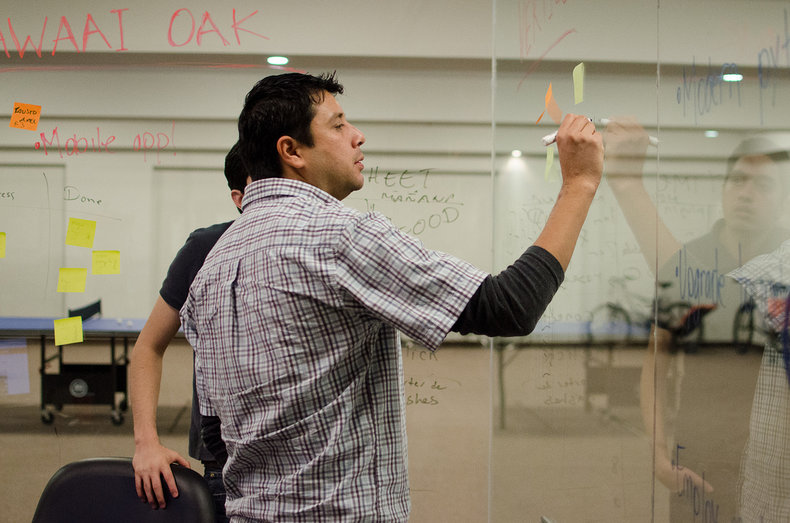
| Overview: Experiment Cycle Time | ||
Type | ||
Definition | The average time it takes an idea to be tested and rejected. | |
Value | An indicator of the efficiency of early stage innovation testing and experimentation. | |
Related Concepts | ||
What is Experiment Cycle Time? John Spacey, updated on

InnovationThis is the complete list of articles we have written about innovation.If you enjoyed this page, please consider bookmarking Simplicable.
Innovation PrinciplesA list of common innovation principles.Fail Often
An overview of fail often innovation.
Innovation MetricsHow to measure innovation including early stage, late stage and overall program metrics.Pilots
The basic types of pilot used in business, science and entertainment.
Lead User
A definition of lead user with examples.
Moment Of TruthA definition of moment of truth with a few examples.User InnovationA definition of user innovation with examples.Proof Of Concept
The common types of proof of concept.
Commercialisation
The common types of commercialisation.
Innovation Objectives
The common types of innovation objectives with examples.
Thought ProcessesA list of thinking approaches and types.LogicA few logic terms explained.Cognitive BiasesA list of common cognitive biases explained.Abstract Ideas
A few dangers of being too abstract.
Objective vs Subjective
The difference between objective and subjective.
Intellectual DiversityA definition of intellectual diversity with examples.Creative ValueThe definition of creative value with examples.Anecdotal Evidence
The definition of anecdotal evidence with examples.
Benefit Of Doubt
The definition of benefit of doubt with examples.
Pessimism
The definition of pessimism with examples.
TrendingThe most popular articles on Simplicable in the past day.New ArticlesRecent posts or updates on Simplicable.
Aptitude
Automation Business Business Processes Computing Creativity Decision Making Design Thinking Efficiency Information Technology Infrastructure Innovation Know-how Knowledge Leadership Management Metrics Motivation Organizational Culture Performance Management Personal Development Problem Solving Productivity More ...
© 2010-2023 Simplicable. All Rights Reserved. Reproduction of materials found on this site, in any form, without explicit permission is prohibited. View credits & copyrights or citation information for this page. |
||||||||||||||||||